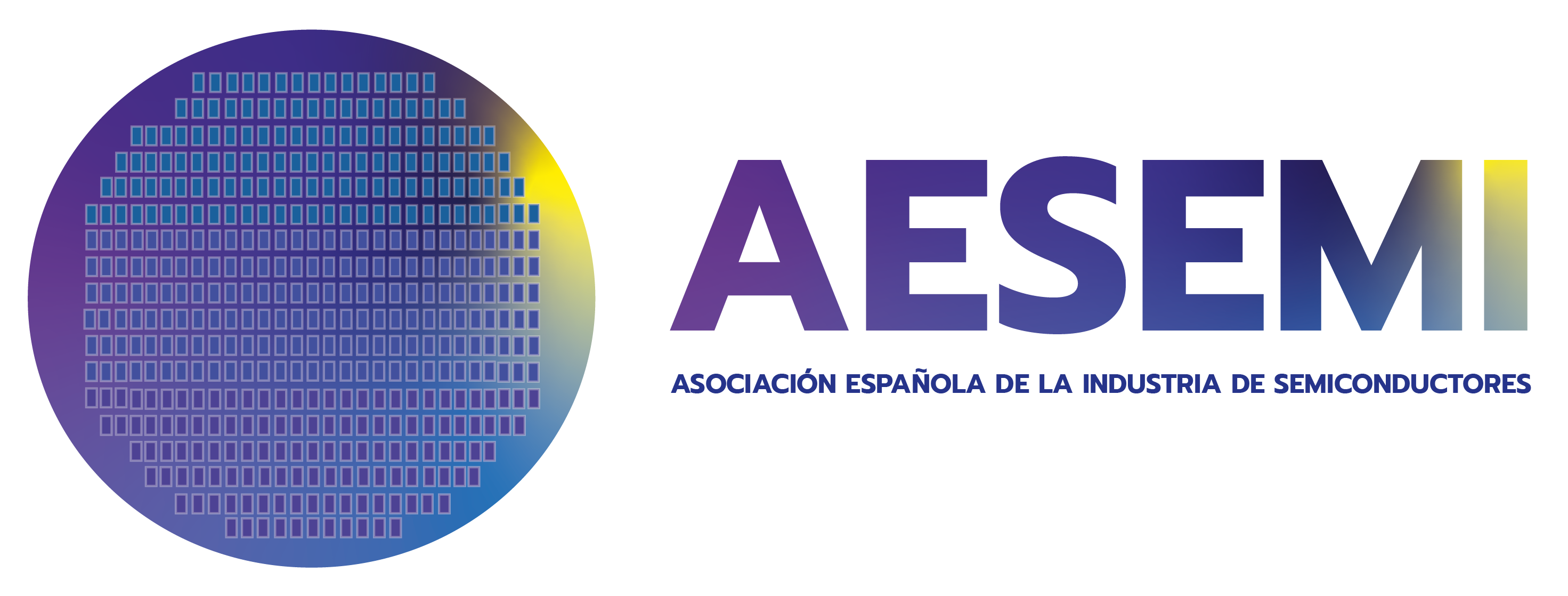Álvaro Pineda, CEO of iC-Málaga
Encoders are devices which convert an angular or linear position into a digital or analogue signal. According to their principle of operation, they can be mainly classified into optical, magnetic and inductive encoders.
Optical encoders: These encoders use an optical disc with marks, a light source and an array of photodiodes. Optical encoders are highly accurate, with a resolution that can easily reach 16 bits, meaning 65536 distinct positions per revolution. This is equivalent to 0.005° over 360° resolution. Because of the components used and the precision of assembly, they are the most expensive.
Magnetic encoders: These work by detecting changes in the magnetic field produced by a magnet attached to a rotating shaft. Magnetoresistive or Hall-effect sensors measure these variations to generate the output signal. Magnetic encoders are less sensitive to dirt and debris than optical encoders, making them ideal for harsh industrial environments. Their resolution can be 14 bits, equivalent to 16384 positions per turn. This equates to approximately 0.02º over 360º resolution. These encoders are cheaper than optical encoders but the quality of the magnets can be limiting.
Inductive encoders: Measure the voltage generated by a magnetic field perpendicular to the electric current in a conductive material. These encoders are generally less accurate than optical and magnetic encoders, with typical resolutions of up to 12 bits (4096 positions per turn or 0.1° over 360°), but offer high robustness and durability. They are suitable for applications where a balance between cost and performance is required. They are the most economical since the sensor and signal generator components are simple PCB boards. The resolution depends, however, largely on the design of this PCB.

Figure 1: Working principle of the analogue interface for absolute inductive sensors, iC-GI22

Figure 2: Error curve in degrees. +-0.02º with 39mm diameter disc and 8 sines per revolution. Rotor distance 2mm.
The latest chip designed at iC-Malaga, which has just been launched on the market, is an analogue font-end for inductive encoders. As shown in Figure 1, the GI22 incorporates a Master and a Slave channel which makes it optimal for the design of encoders that measure absolute position. The Master track can be encoded with several sines per turn and the Slave track is used to decode the quadrant where the axis is positioned. This allows the absolute position of the rotation to be encoded more accurately, as several sines in a turn can be incorporated into the stator (PCB layout) and the Slave track can be used to know which sine is being operated within. For this purpose, the GI22 incorporates in the Slave track a small 8-bit interpolator to digitally decode the quadrant in which it is located. In addition, the integrated circuit incorporates innovations in the readout circuitry for improved signal quality, optimised filters, as well as an automatic gain control function that improves rotor distance tolerance. The GI22 has been entirely designed at iC-Malaga and is ready to be connected to most of the interpolators of the German company iC-Haus. This combination allows total flexibility in the design in terms of resolution bits, zero point, etc., and achieves accuracies of up to +-0.02º per turn, which is equivalent to 14 bits of resolution that are comparable to magnetic encoders.
Figure 2 shows an estimation of the error over a 360º turn combining the GI22 integrated with the TW29 interpolator. With a 39mm disc and 8 sines per revolution. In this setup, with a rotor distance of 2mm, a resolution of 14 bits is obtained in the absolute position over a 360º turn.

IC-Malaga is a company founded in 2002 focused on the design of integrated circuits for third parties, generally system on chip. The expertise of iC-Malaga is analogue microintegration and everything related to it. The combination of the knowledge and experience of our customers in their different fields of activity with our knowledge in microintegration has given rise over the years to several technological innovations or incremental innovations (‘small’ innovations) that have meant big leaps for our customers. In these twenty-two years iC-Malaga has carried out more than eighteen projects, but to mention some important collaborative innovations, in 2009 iC-Malaga designed the first transducer integrated circuits compatible with the IO-LINK protocol worldwide. Manufactured in 24V technology, with polarity protections and ground displacements typical of industrial environments, the integrated can activate a valve by supplying the necessary power, or be incorporated into an industrial IO-LINK bus, making the products compatible with both traditional and new centralised control applications. The emergence of this physical layer of the protocol allowed our customer and many industrial sensor manufacturers to finally develop and incorporate an open, licence-free industrial protocol. Today this protocol is widely used in industry and of course many of the IC manufacturers incorporate compatible products.
Another success story are laser driver products. In this field, some technological innovations incorporated have been the use of integrated logarithmic potentiometers for the calibration of the amount of light, or nanosecond power pulse systems, all fully programmable. These are just two examples of joint or collaborative innovation.

One of our own disruptive innovations is the branch of radiation sensors for personal and space dosimetry. This R&D started in 2010 and as a milestone we should highlight a lunar flight where we embarked one of our sensors on a payload of a fly-by mission in memory of the founder of the company LuxSpace. “Manfred Memorial Moon Mission (4M)”.
See the launch in, https://youtu.be/OL3bOb3s_kQ?si=icB_kNJyqFhgw4GT
J. Cesari, B. Servera-Mas, S. Danzeca, M. Roca, A. Pineda, A. Masi, M. Brucoli and E. Isern \u201cHigh-Speed Floating Gate Based Dosimeter System\u201d, Proceedings at 17th European Conference on Radiation and Its Effects on Components and Systems (RADECS). September 2018

